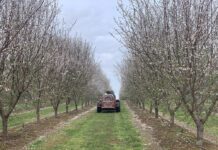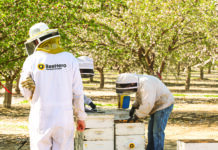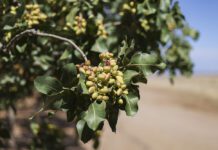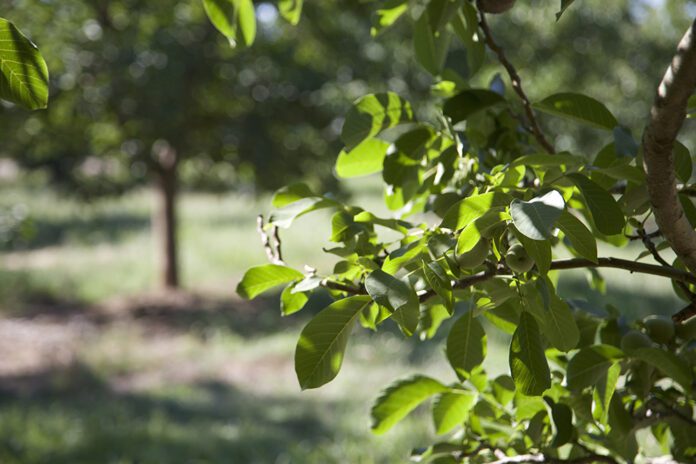
If a grower is irrigating and fertilizing trees according to tree needs, using integrated pest management practices and treating employees and neighbors with respect (and still turning a profit), they are the definition of sustainable.
UC’s Sustainable Research and Education Program (SAREP) notes the goal of sustainable agriculture is to meet society’s food and textile needs in the present without compromising the ability of future generations to meet their own needs.
Both above descriptions of sustainability leave room for interpretation by growers as many management practices are suited for their unique operations and environment. Industry’s frameworks for sustainability programs are intended to provide evidence for buyers and consumers that tree nuts are grown and processed with sustainable practices while protecting the environment. Growers can also use the framework to compare their management practices.
Generations of almond, pistachio and walnut growers have employed a variety of input saving practices in their orchards because they understand the importance of stewardship. Industry organizations stress sustainable farming practices are also important to buyers and consumers. Industry organizations have developed or are in the process of developing sustainability programs to assess their growers’ stewardship practices. The efforts are not limited to growers as huller/shellers and handlers are also responding to market concerns.
“We know consumers have concerns. So do food companies, retailers and regulators.
Sustainability is market-driven but, at the same time, using responsible practices helps farms’ bottom lines. This work supports the industry’s economic viability and is helping ensure we’re able to pass down our farms to next generation,” Danielle Veenstra, senior manager for global stewardship for ABC, said.
“Our California Almond Stewardship Platform (CASP) is a tool farmers use to assess their growing practices and the data helps us to communicate with confidence and answer questions from buyers,” he said.
CASP is one of the oldest stewardship programs for growers and it continues to evolve to engage more growers in self assessments to add data for market information.
The walnut industry includes many multi-generation family operations and is now working to define key areas in sustainability efforts.
Josh Rahm, director of technical and regulatory affairs at the California Walnut Board & Commission, said a working group of walnut growers and handlers met in December to kick off the development of a walnut ‘sustainability roadmap’ to define and further enact sustainability as an industry.
“We are going to analyze what we know, fill in the gaps, connect the dots and develop a sustainability framework. We will be sharing our stories with buyers and other key stakeholders across the supply chain to proactively get the message out about our sustainable practices,” Rahm said.
Wesley Wilson, director of member services and communications at American Pistachio Growers, said growers recognize the value in sustainable orchard management practices, not only for crop health but what they mean for marketing efforts. This grower association is taking steps into the sustainability arena in 2024 with a focus on water use and soil health.
“Europe is our No. 1 market and sustainability is a huge issue with buyers there,” Wilson said. In response, the organization is forming an ad hoc committee of growers and processors to determine how their sustainability program will look.
Veenstra said grower participation in CASP has grown since it was established in 2009. Data as of September 2023 shows 46% of almond acreage is fully assessed. Some handlers and processors are also joining CASP, she said, to demonstrate their sustainable practices used by their growers.
CASP participation involves a grower self-assessment of their management practices. The 320 questions asked of growers covers management practices and as well as their efforts to protect the environment and employee welfare. The information is used to demonstrate the sustainability of the almond industry to stakeholders, including buyers, regulators and consumers. The platform also helps growers find new ways to improve efficiencies, including cost effective, environmentally and socially responsible practices.
Participation in the programs allows growers to compare their practices to a statewide average of almond growers, find information on improving orchard management including calculating nitrogen needs and irrigation scheduling. That has the added benefit of generating important information needed to meet regulatory requirements for the Irrigated Lands Program and Nitrogen Management Plan. The online system includes tools to help with crop input decisions.
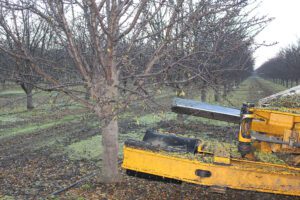
Veenstra said the sustainability platform has evolved since 2009. The original 620 questions took about five hours to complete, but now the process only takes about an hour and a half to complete. There are also additional orchard practices and more efficient engagement on the CASP portal.
Michael Roots, a senior specialist in field outreach and education for ABC, said other refinements address groundwater recharge, whole orchard recycling and bee health and pollination. There are now benchmarks for pollinator protection with the Bee Friendly program and participation in CASP allows for Pollinator Partnership certification.
Roots said growers are looking at sustainability approaches that affect more than one management practice. An example would be planting cover crops that provide pollinator forage prior to bloom but also have the added benefit of improving soil health.
He also noted use of the word ‘stewardship’, rather than ‘sustainable,’ has a different connotation and resonates with growers.
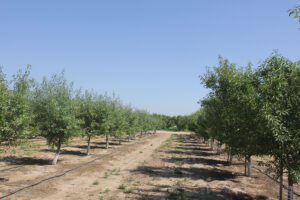
“Growers are starting to realize stewardship practices can be both practical and have returns. Our almond growers have been doing many of these practices included in the CASP program for years. It is really telling the story of what we are already doing.”
Rahm said understanding customer demands and analysis of where the walnut industry stands in use of sustainable practices will be one of the first deliverables by the working group. The group will tackle priority items and demonstrate practices that create a sustainable roadmap for the industry. The next step will be introducing a sustainability framework and working with growers and handlers to further expand on key areas. Some of those areas include water use efficiency, nitrogen use, soil health, integrated pest management, energy use and byproducts/biomass utilization.
Rahm said the walnut industry will share their sustainability efforts with consumers, policy makers and NGOs and other key stakeholders across the supply chain to get the message out about growers’ sustainability efforts.
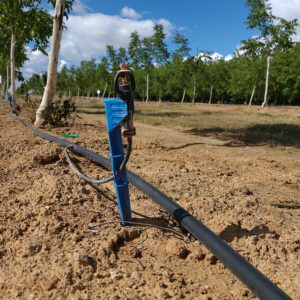
“We have a great story and will bring the data to life and quantify what the walnut industry is doing to ensure a sustainable future,” Rahm said.
Wilson said the American Pistachio Growers’ ad hoc committee would be identifying sustainable practices in pistachio production. He expects a Healthy Soils grant from California Department of Food and Agriculture to have an impact on sustainability efforts by pistachio growers. APG was recently awarded a $5 million grant to provide financial assistance for growers to adopt identified sustainable practices in their orchards. The grant is for growers in Fresno, Kings, Madera, Merced and Tulare counties.
“This is an important step for us, and we will be looking at how to reduce inputs, avoid MRL issues to expand export markets.”
“Water use, healthy soils, reducing inputs and residues will be our primary focus,” Wilson said.



